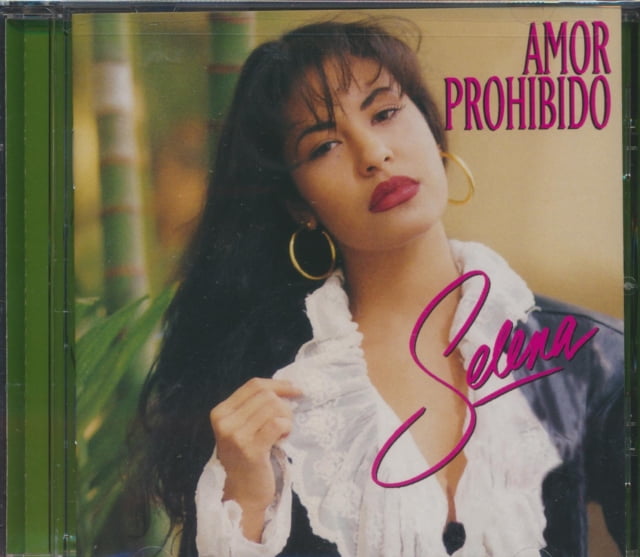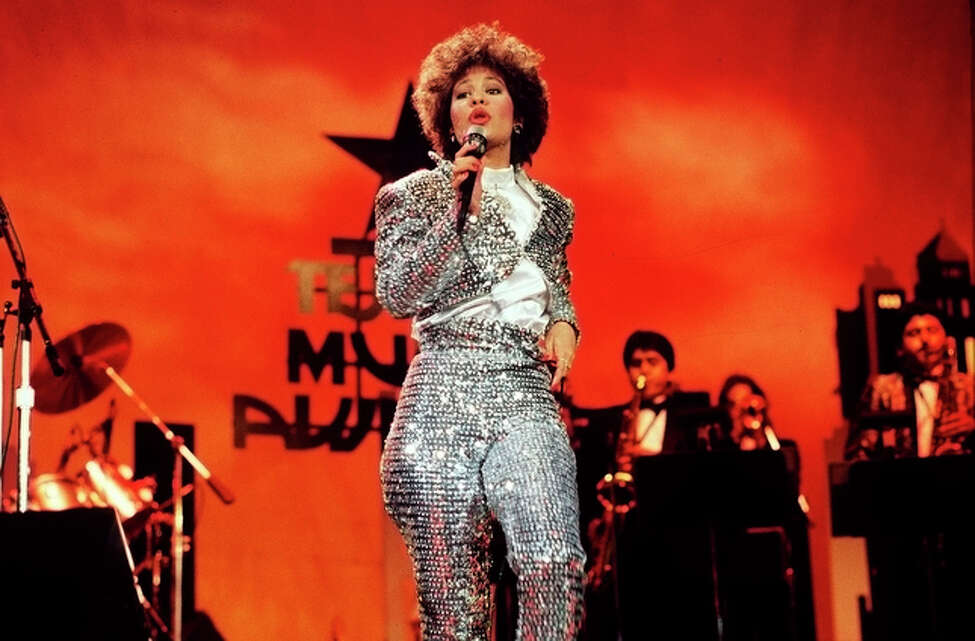

It includes a pop version of “La Bamba,” Jose Alfredo Jimenez ballad “Cuando Nadie te Quiera” and the cumbia “Salta la Ranita.”ġ4. “Female Vocalist of the Year/And the Winner Is” (1987): The album’s title references Selena’s wins at the Tejano Music Awards, which would continue for several years. Amon the gems are an epic “Cumbia Medley,” the pulsing club track “Is It the Beat?” and the soaring ballad “Where Did the Feeling Go?”ġ3.
#SELENA QUINTANILLA ALBUM COVER SERIES#
“Selena - The Original Motion Picture Soundtrack” (1997): Jennifer Lopez lip synced to a series of Selena songs in the 1997 film, all of which are included here. Even here, they had an eye toward crossover success and included a pair of English-language songs.ġ2.

But her voice hints at the greatness to come. “Mis Primeras Grabaciones” (1984): Selena wasn’t even a teenager when Selena & Los Dinos’ debut album was released. “Preciosa” (1988): Songwriter Ricky Vela contributed the standout ballads “Como Te Quiero” and “Sabes” - precursors to “No Me Queda Mas,” one of the biggest hits he wrote for Selena.ġ1. Among the highlights is a ranchera version of Juan Gabriel’s classic “Costumbres.”Ģ5 YEARS LATER: Selena is with me every day, literallyġ0. “Dulce Amor” (1988): This was one of Selena’s best early releases. Aside from the beautiful packaging, it includes “Con Tanto Amor,” a three-song medley of “Amor Prohibido,” “Si Una Vez” and “Como la Flor” recast as ballads. “Ones” (2002): If you get just one hits collection, this is the one to get.

It’s also notable for a trio of new studio tracks: “No Debes Jugar,” “La Llamada” and “Tu Robaste Mi Corazon,” a duet with the late Emilio Navaira.Ĩ. “Live” (1993): Selena won a Grammy for this live album, recorded in Corpus Christi. “Selena” (1989): Selena is coming into her own on her EMI Latin debut, which includes the adventurous “Sukiyaki” and “Besitos,” one of her best early cumbias.ħ. The four completed songs - “I Could Fall in Love,” “Captive Heart,” “I’m Getting Used to You” and the title track - showcase some of her best vocals yet and are a bittersweet reminder of her potential.Ħ. “Dreaming of You” (1995): Selena was recording her English-language crossover album at the time of her death. “Ven Conmigo” (1990): Selena established herself as a singer with appeal beyond Texas on this album, which features future favorite “Baila Esta Cumbia” and dancefloor favorites “Ya Ves” and “Ven Conmigo.” It’s also the first appearance of pop songs “Enamorada de Ti” and “No Quiero Saber.”ĥ. Every song, from the “Disco Medley” to an epic take on “La Carcacha,” is a standout.Ĥ. 26, 1995 RodeoHouston show at the Astrodome is immortalized on this album, a stunning showcase for her talent, charisma and confidence. “Live - The Last Concert” (2001): Selena’s Feb. It was clearly a product of the pop influences she and brother AB Quintanilla listened to growing up.ģ. “Entre a Mi Mundo” (1992): This album include signature hit “Como la Flor,” which introduced Selena to an international audience.

It spawned seven hits, including bouncy pop tune “Bidi Bidi Bom Bom,” the reggaeton-flavored “Techno Cumbia” and standout ballad “No Me Queda Mas.”Ģ. “Amor Prohibido” (1994): Selena’s final album before her death solidified her status as the genre’s biggest star. To avoid repetition, I’ve left out most repackagings and compilations of hits.ġ. It’s apparent on her last albums, “Amor Prohibido” and “Entre a Mi Mundo.” Even in their earliest days, Selena & Los Dinos mined a sound that no other Tejano act was exploring.īEYOND THE HITS: These 24 Selena songs don’t get played enoughĮvery album has its reward, but here’s a (subjective) ranking of Selena’s albums. It’s vast and varied, combining traditional elements with pop, R&B and dance music. There’s no disputing that.īut her music goes far beyond regional appeal. Selena's albums incorporate a variety of genres alongside Tejano.


 0 kommentar(er)
0 kommentar(er)
